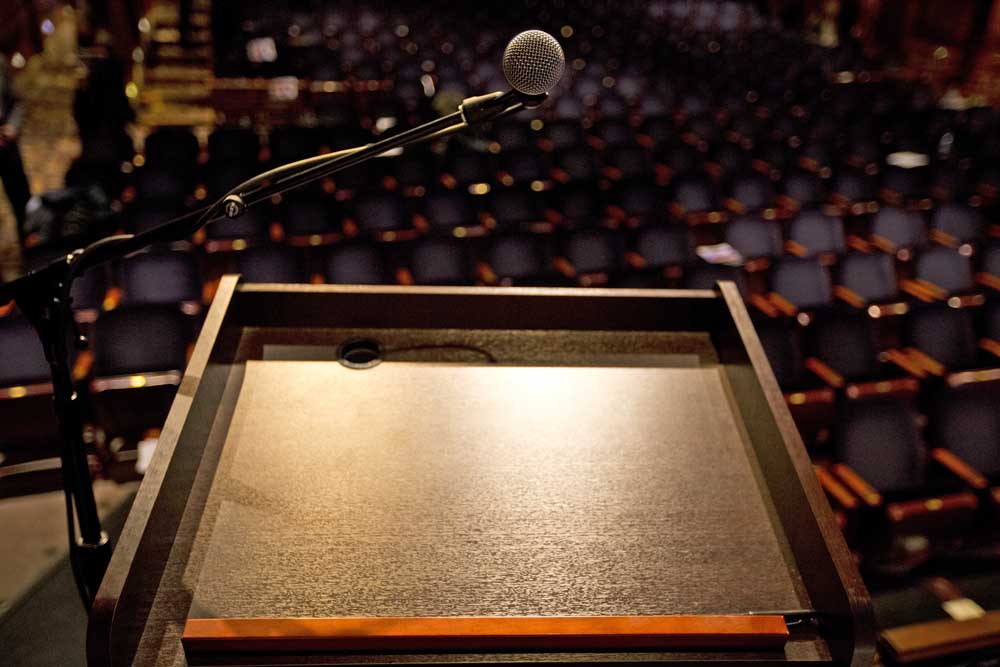Guest column: Livability vs. economic growth in Bend
Published 9:30 pm Tuesday, January 28, 2020

- Guest Column
I read with interest the recent columns by Bill Eddie and Charles Boyd, likely long-time residents. I understand their frustration with Bend’s focus on economic development goals vs. environmental goals. I moved to Bend in 1988 when the population was just shy of 18,000. I mountain biked in the area that is now Broken Top, and hiked along the river in the industrial wasteland that is now the Old Mill District. Mountain View Mall was almost out of town, as was Jake’s Truck Stop at the south end. The only craft brewery was the Deschutes Brewery in downtown, four years before its west-side brewing facility was built. Can anyone today imagine Bend with just one brewpub? During the late 1980s Pole Pedal Paddle events, I saw numerous friends in Drake Park. I often waved to motorists I recognized. Not anymore.
Bend has been promoted as an outdoor recreation paradise for years. I hiked trails, skied Mt. Bachelor and various cross-country trails, fished and kayaked lakes and rivers, golfed, and enjoyed the same recreational pursuits both old-timers and newcomers enjoy. It was inevitable that Bend would be “discovered” in the late 1980s and written up in magazines, like “Outside,” and many people visited. The problem is, many want to return and stay. Hence, the need for more housing and employment opportunities.
Trending
One of life’s few constants is change. We lament traffic congestion, and the high volume of construction going on. But along with that residential construction, many wonderful facilities have been built. If Bend had a slow growth policy, what would Bend look like today? Would we have the Tower Theatre? Would the Old Mill District still be an industrial wasteland? How about the Bend Whitewater Park? Or the ice-skating Pavilion? Riley Ranch Park on Bend’s northwest side might not have been realized. Most Bend Parks and Rec projects built recently were funded with system development charges imposed on builders and by bonds supported by a recreation-minded populace.
My 30-year career in Bend was in geotechnical engineering, and I benefited from Bend’s growth. I even worked with a few old-timers. Regarding the nature of growth, Bend does have a tree ordinance, and I noticed the recent, unfortunate clear-cutting of the parcel along Reed Market Road, mentioned in Charles Boyd’s column. I previously lived in southeast Bend, in an area formerly zoned residential, low density. In an RL zone, the lots are much larger, which allows for preservation of juniper and ponderosa pines. This zone does not exist anymore, and the focus is on small-lot RS zoning to prevent urban sprawl, mandated by the state Department of Land Conservation and Development. Now that Oregon is encouraging duplexes and accessory dwellings on RS lots, it is no wonder that lots are clear-cut. With narrow side yard setbacks, how is a builder expected to save many trees?
Bend can be compared to Boulder, Colorado. I lived in Colorado for 11 years before moving to Bend, and hiked in the Flatirons west of town. Boulder is a similar, recreation-minded community. Boulder grew rapidly after WWII into the 1970s, much to the chagrin of locals. A slow-growth policy was implemented in the mid-1970s, severely limiting building permits. Boulder’s growth rate in the 40 years since then has averaged about 1.1 percent annually, or about a third of Bend’s rate over the past 30 years or so. I wonder how Boulderites would rate their town’s current livability. It might be great.
One downside of a slow growth policy is the cost of housing. According to Zillow, Bend’s median sales price for a single-family home as of October 2019 was $458,000, unaffordable for most locals and newcomers. As for Boulder, its median sales price is reportedly $744,000. Yikes! So much for affordable housing in Boulder. I don’t know what Bend’s answer is on the affordable housing issue, but I don’t believe a slow growth policy will improve livability. Housing costs need to be considered in the livability discussion. People will continue to move to Bend because of its climate, culture, and wonderful recreation opportunities. What Bend will look like in 20 years will be up to citizens, community leaders and elected officials.
— Mark V. Herbert lives in Bend.
Trending
Do you have a point you’d like to make or an issue you feel strongly about? Submit a letter to the editor or a guest column.








